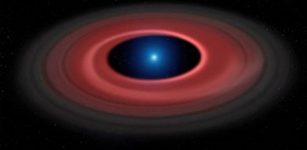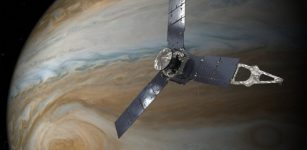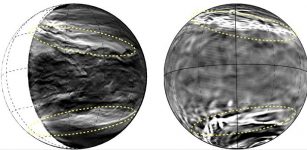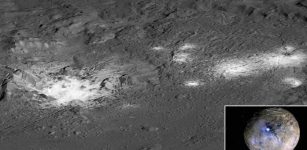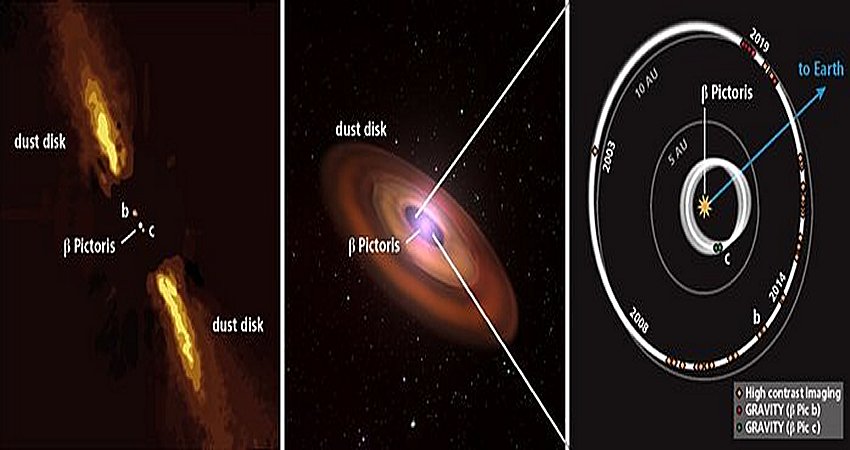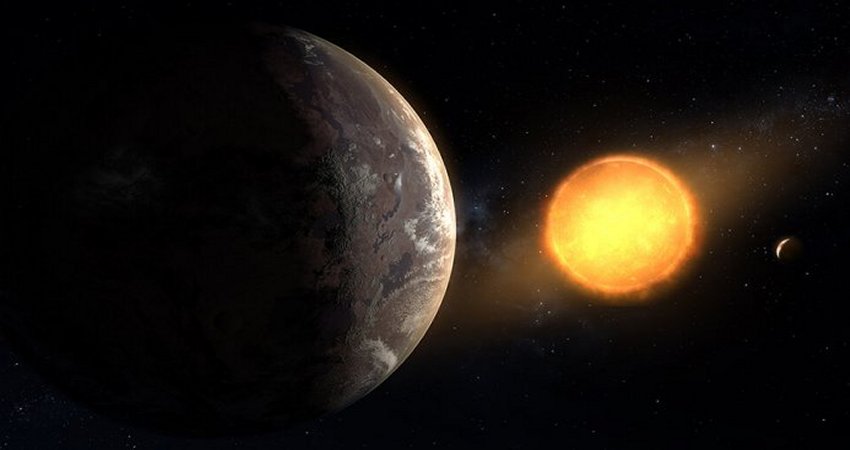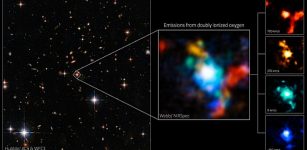More Than 100 Exoplanets Detected In Only Three Months
MessageToEagle.com – An international team of astronomers involving researchers at the University of Tokyo and Astrobiology Center of the National Institutes of Natural Sciences have reported more than 100 exoplanets in only three months.
These planets are quite diverse and expected to play a large role in developing the research field of exoplanets and life in the Universe. Seven of the confirmed exoplanets have ultra-short orbital periods less than 24 hours.
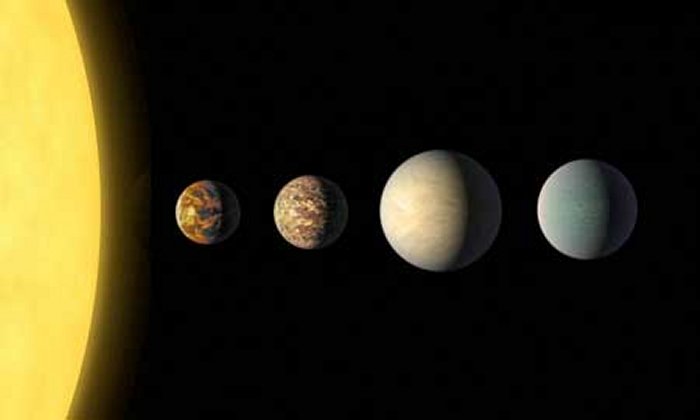
There are also many low-mass rocky exoplanets with masses less than twice that of the Earth as well as some planetary systems with multiple exoplanets.
“Although the Kepler Space Telescope has been officially retired by NASA, its successor space telescope, called TESS, has already started collecting data,” John Livingston, a Ph.D. student at the University of Tokyo and lead author of the papers, said.
“In just the first month of operations, TESS has already found many new exoplanets, and it will continue to discover many more. We can look forward to many new exciting discoveries in the coming years.”
The formation process of exoplanets with such short orbital periods is still unclear and further study is needed.
Exoplanets, planets that revolve around stars other than the Sun, have been actively researched in recent years. One of the reasons is the success of the Kepler Space Telescope, which launched in 2009 to search for exoplanets. If a planet crosses (transits) in front of its parent star, then the observed brightness of the star drops by a small amount.
The Kepler Space Telescope detected many exoplanets using this method. However, such dimming phenomena could be caused by other reasons. Therefore, confirmation that the phenomena are really caused by exoplanets is very important. The Kepler space telescope experienced mechanical trouble in 2013, which led to a successor mission called K2. Astronomers around the world are competing to confirm exoplanets suggested by the K2 data.
MessageToEagle.com


